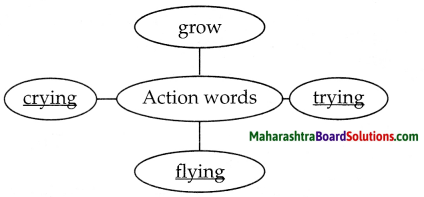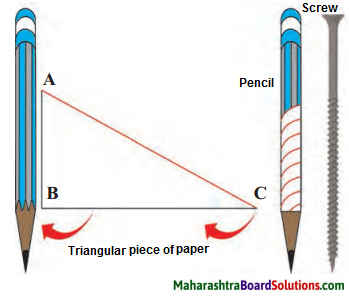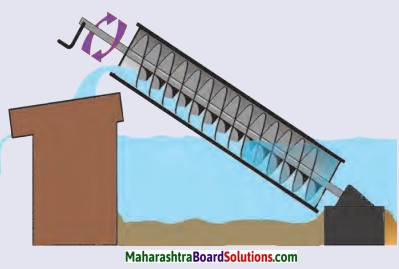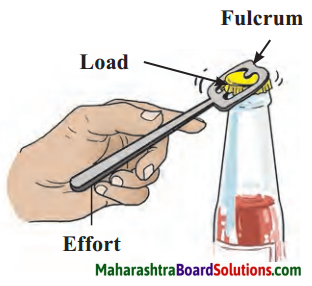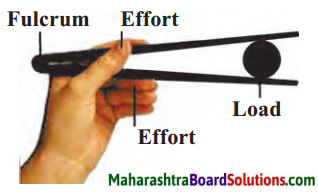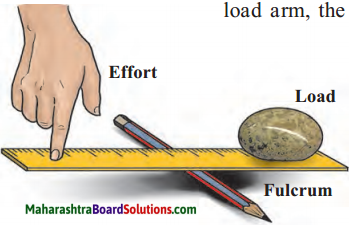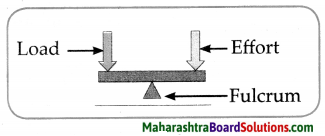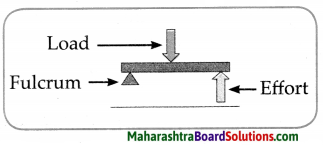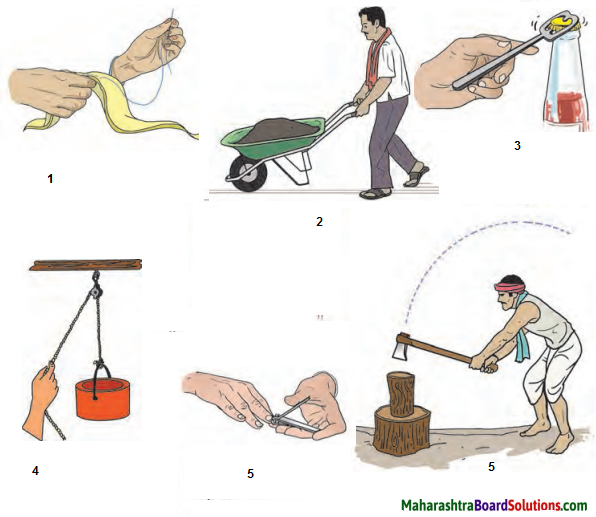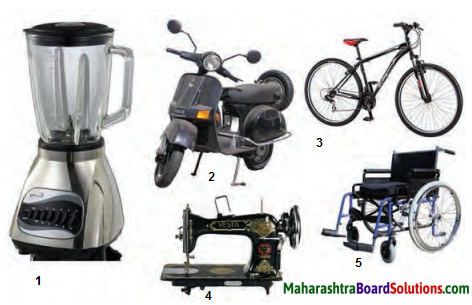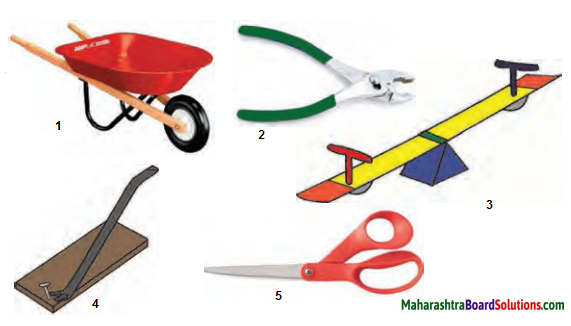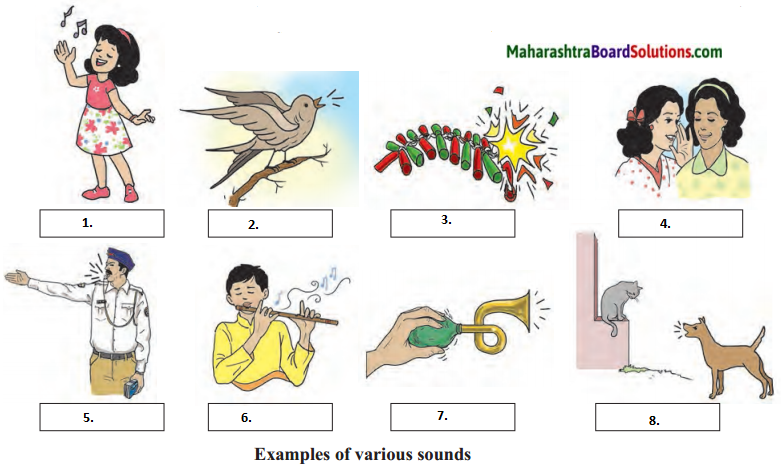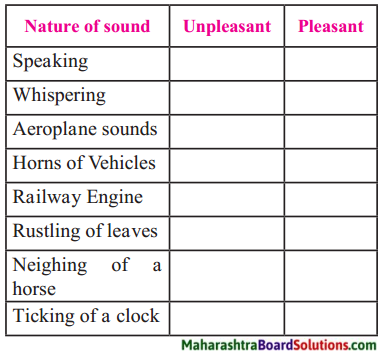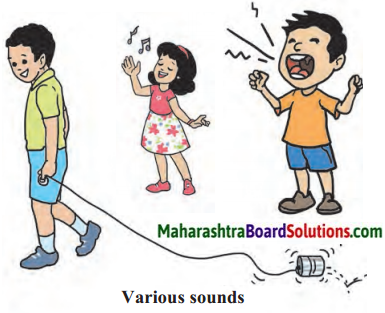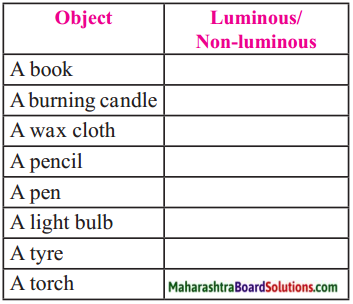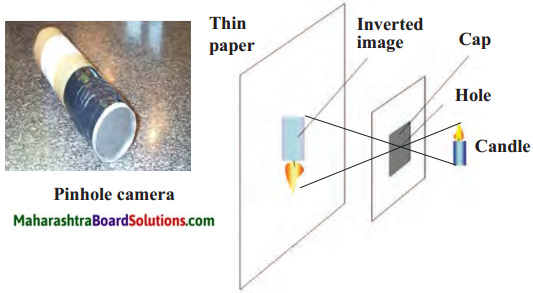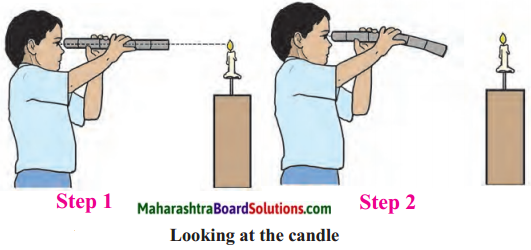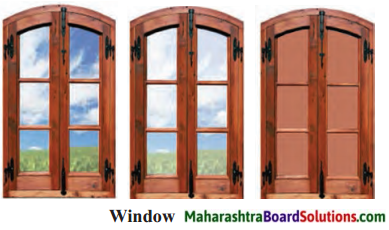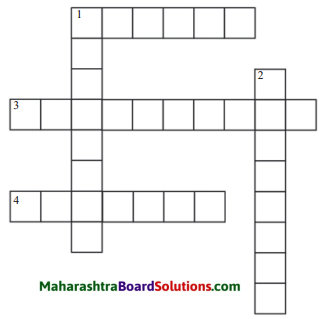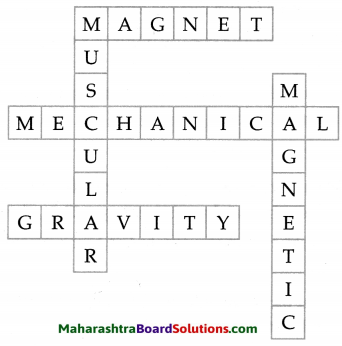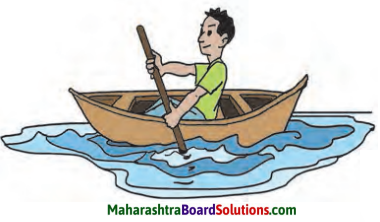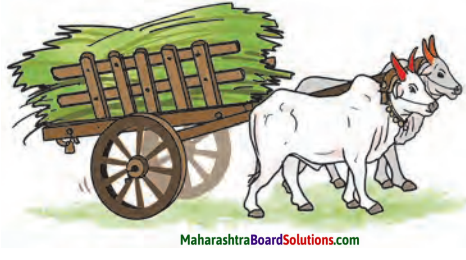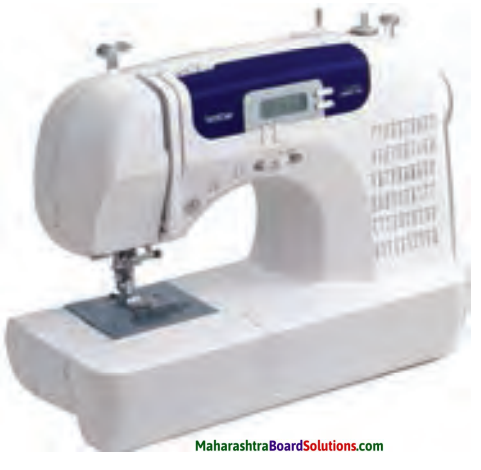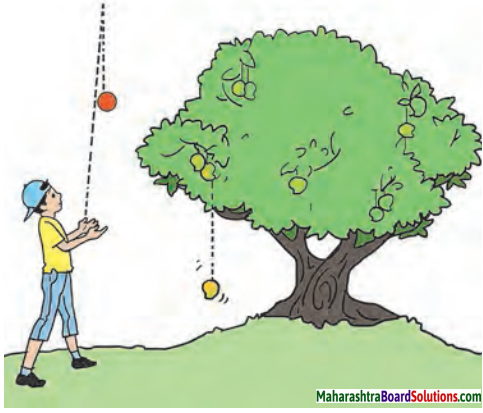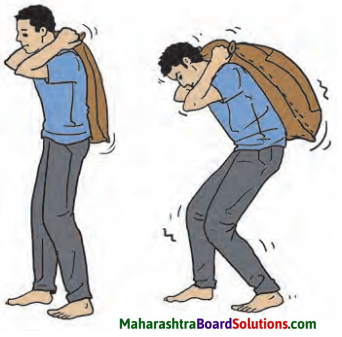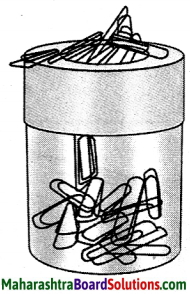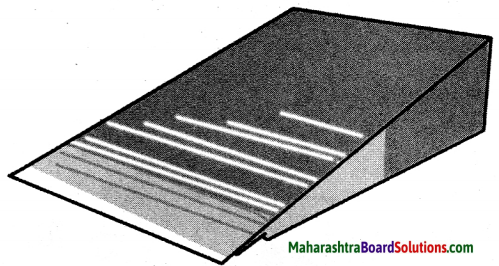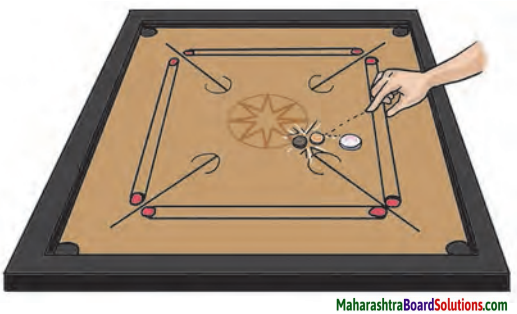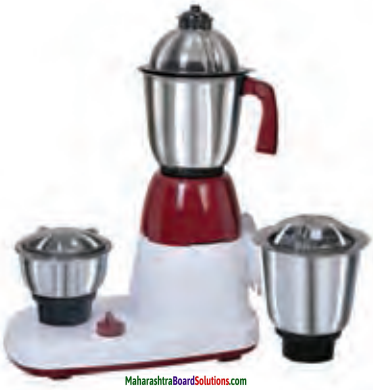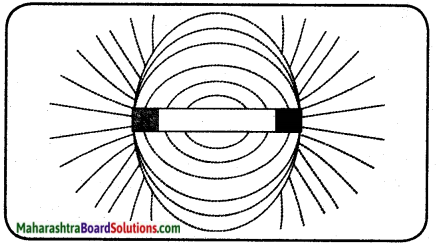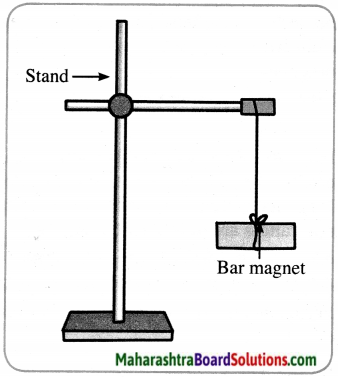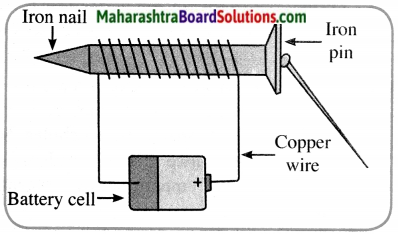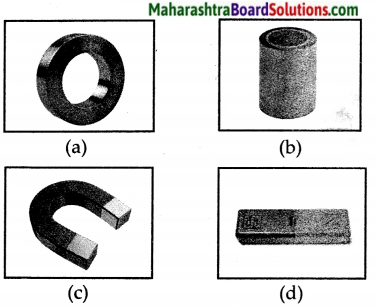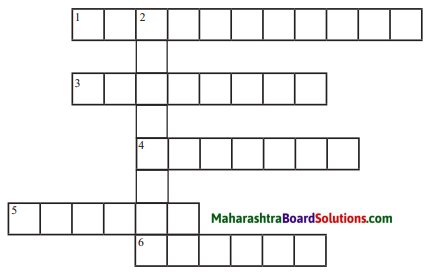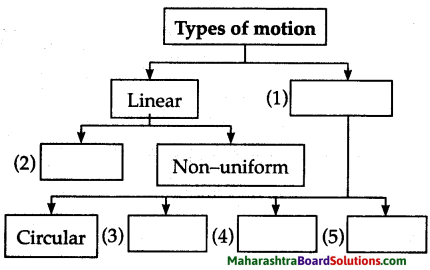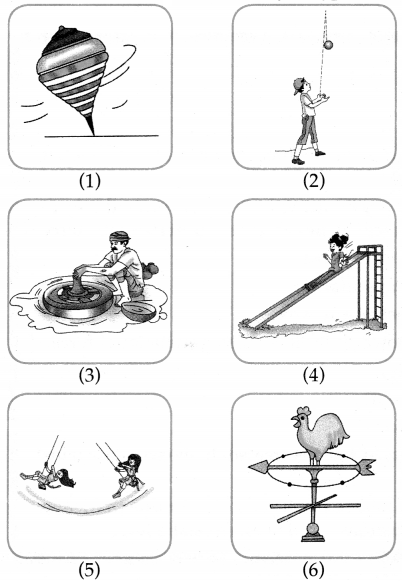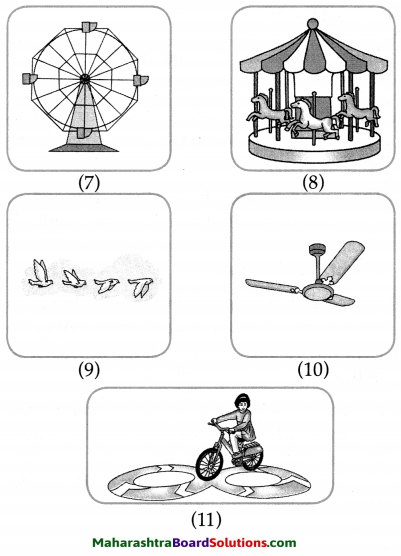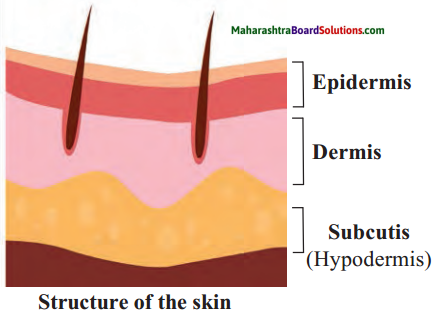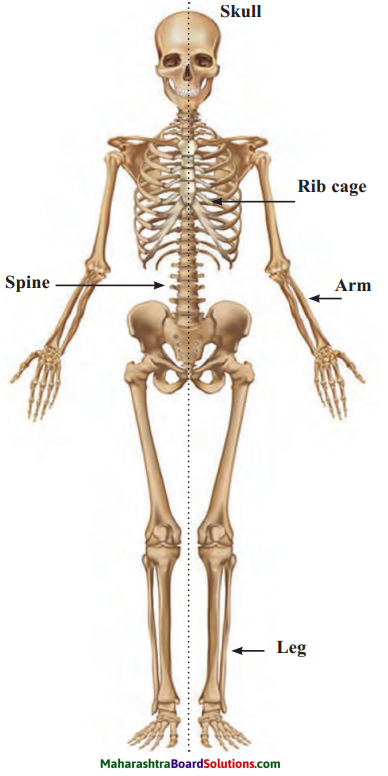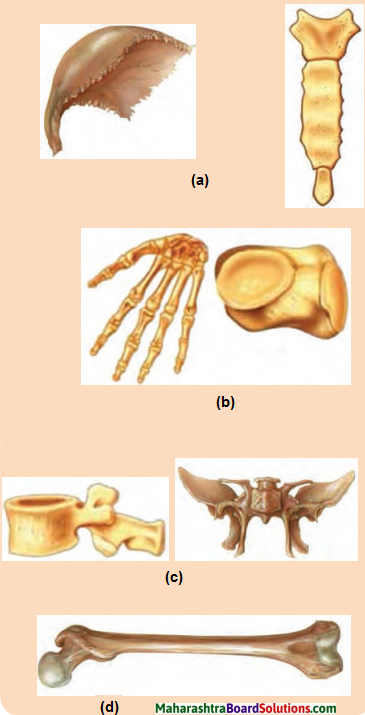Balbharti Maharashtra State Board Class 6 English Solutions Chapter 1.2 Who’s the Greatest? Notes, Textbook Exercise Important Questions and Answers.
Maharashtra State Board Class 6 English Solutions Chapter 1.2 Who’s the Greatest?
Class 6 English Chapter 1.2 Who’s the Greatest? Textbook Questions and Answers
1. Listen to the stories carefully, as your teacher reads them aloud. Note down the new words, ideas or concepts. Discuss them in the class.
Question 1.
Listen to the stories carefully, as your teacher reads them aloud. Note down the new words, ideas or concepts. Discuss them in the class.
2. Guess the meaning of the following words and phrases:
untold wealth, closest to the Emperor’s heart, grave offence, banish.
Question 1.
Guess the meaning of the following words and phrases:
untold wealth, closest to the Emperor’s heart, grave offence, banish.
Answer:
- untold wealth: limitless wealth, the magnitude of which is not revealed
- closest to the Emperor’s heart: dear to the Emperor
- grave offence: serious mistake
- banish: send away into exile
![]()
3. Say with reasons, whether the following statements are true or false.
Question a.
Akbar wanted to punish the person who pulled his moustache.
Answer:
False. Akbar did tell his courtiers that someone had pulled his moustache. But it was his grandson who had lovingly pulled his moustache and Akbar did not have any intention of punishing him.
Question b.
Akbar thought he was greater than God.
Answer:
False. Akbar did not think so. It was his courtiers who said so in an attempt to praise him for receiving favours.
Question c.
Birbal thought Akbar was greater than God.
Answer:
True. Birbal thought Akbar was greater than God but only at one aspect. Unlike Akbar, God’s kingdom extended everywhere so the Almighty God could not banish anyone from his kingdom.
![]()
4. Write a sentence about three of your friends. Each time you should say what your friend cannot do, and yet, pay a compliment to your friend.
Question 1.
Write a sentence about three of your friends. Each time you should say what your friend cannot do, and yet, pay a compliment to your friend.
Answer:
- My friend Raj cannot say no to others as he does not like to hurt others.
- My friend Radha cannot hurt animals as she is concerned about their welfare.
- My friend Sai cannot be rude to others because he is extremely loving and polite.
![]()
5. Write a short note on Emperor Akbar.
Question 1.
Write a short note on Emperor Akbar.
Answer:
Emperor Akbar or Akbar the Great is known as one of the greatest rulers in the world – not just because he had a vast empire, a very strong army, untold wealth but because he was a good human being. He cared for his subjects. He had great respect for scholars, writers, poets and artists belonging to different religions. He was a patron of art and culture. The nine gems or ‘nav-ratnas’ in his court were famous which included Birbal who was known for his wit and humour. He was the one who was very dear to Akbar.
6. Convert the stories into dialogues and read the dialogues aloud in the class.
Question 1.
Convert the stories into dialogues and read the dialogues aloud in the class.
(One is done for you.)
Answer:
- Emperor Akbar: (With a serious expression.)
I have a question for all of you. What should be the punishment for someone who pulls my moustache? - One Nobleman: Flog him! Give him fifty lashes of the whip.
- Second Nobleman: That’s not enough. Put him in jail without food and water.
- Third Nobleman: Whip him! Beat him up! Fourth Nobleman: Hang him!
- Fifth Nobleman: Cut off his offending hands.
- Akbar: What do you say Birbal?
What is your opinion? - Birbal: In my opinion, given of peace to the world, the offender should be given his favourite sweetmeats.
- Courtiers: Raja Birbal, are you out of your mind? Give sweetmeats for such a grave offence?
- Birbal: Yes, who would be so bold as to pull the Emperor’s moustache? Only his own grandson!
(Akbar burst out laughing as it was exactly what had happened in the morning.)
![]()
7. Form pairs and make a ‘pair presentation’ of any one of the two stories. To do so, each person presents only one sentence at a time, and the next one is immediately presented by the partner. Thus, each person in the pair presents alternate sentences without breaking the flow of the narration.
8. Find at least five other Akbar and Birbal stories and share them with your friends. Make a list of the stories collected by the entire class. Write your list in alphabetical order.
9. Visit a library. Find the stories of:
- Mulla Nasiruddin
- Gopal Bhand
- Tenali Raman
Share them in the class.
Class 6 English Chapter 1.2 Who’s the Greatest? Additional Important Questions and Answers
Answer in one sentence.
Question 1.
Why is Emperor Akbar or Akbar the Great known as one of the greatest rulers in the world?
Answer:
Emperor Akbar or Akbar the Great is known as one of the greatest rulers in the world, not just because he had a vast empire, a very strong army, untold wealth, but because he was a good human being.
Question 2.
Give two examples to show that Akbar was an ideal ruler.
Answer:
- Akbar cared for his subjects.
- He had great respect for scholars, writers, poets and artists belonging to different religions.
![]()
Question 3.
Who did Akbar have great respect for?
Answer:
Akbar had great respect for scholars, writers, poets and artists belonging to different religious.
Question 4.
Which question posed by Akbar stunned the Emperor’s court? Why?
Answer:
The question, “What should be the punishment for someone who pulls my moustache?” stunned Akbar’s court as it was unheard of.
Question 5.
Write any one punishment suggested by any one nobleman.
Answer:
One nobleman suggested that the person who pulled the Emperor’s moustache should be flogged with fifty lashes of the whip.
Question 6.
What was Birbal’s suggestion regarding punishing the offender?
Answer:
Birbal suggested that the offender should be given his favourite sweetmeats.
![]()
Question 7.
What explanation did Birbal offer for his choice of punishment?
Answer:
Birbal explained that only his own grandson would be so bold to pull the Emperor’s moustache and so giving his favourite sweetmeats would be the best punishment.
Question 8.
Why did the courtiers compete with each other in praising Akbar?
Answer:
The courtiers competed with each other in praising Akbar as they wanted to get some favours from him.
Question 9.
What dilemma did the courtiers face?
Answer:
When the courtiers praised Akbar and said that he was greater than God Almighty, Akbar asked them to prove it or face punishment.
Question 10.
What was the one thing according to Birbal which Akbar could do but God Almighty could not?
Answer:
According to Birbal when Akbar wanted to punish someone, he could banish that person out of his kingdom, but as God’s kingdom extended everywhere, the Almighty couldn’t banish anyone from his kingdom.
![]()
Reading Skills, Vocabulary and Grammar
Read the following extract and complete the activities that follow.
Question 1.
State whether the following statements are true or false.
a. Akbar was happy to hear the praises from his courtiers.
b. Akbar was angry with Birbal’s response.
Answer:
a. False
b. False
Question 2.
What information did Akbar want?
Answer:
Akbar wanted to know if the courtiers had found an answer to his question.
Question 3.
Why could God not banish anyone from his kingdom?
Answer:
God couldn’t banish anyone from his kingdom because God’s kingdom extended everywhere.
![]()
Question 4.
Why did Akbar’s face lighten up with a smile?
Answer:
Akbar’s face lightened up with a smile because Birbal had given a clever reply.
Question 5.
Why did Akbar forgive the courtiers for their stupidity?
Answer:
Akbar was so pleased with the answer given by Birbal that he forgave the courtiers for their stupidity.
Question 6.
Find the odd word:
look, royal, good, proper
Answer:
look, The rest are adjectives.
Question 7.
Complete the analogy:
Answer:
prove: proof: punish: punishment
Question 8.
Everyone was curious to see what would happen next. (State the word class of the underlined word.)
Answer:
next: adverb
![]()
Question 9.
The Almighty cannot banish anyone from his kingdom. (Add a question tag)
Answer:
The Almighty cannot banish anyone from his kingdom, can he?
Question 10.
Do you believe in false praise? Elaborate.
Answer:
No, I don’t. Appreciating people for their good qualities is a good thing but resorting to false praise for receiving favours or for some ulterior motive is definitely something which we should refrain from.
Language Study
Do as directed.
Question 1.
You are the greatest of the kings. (Underline the adjective)
Answer:
greatest.
Question 2.
Put him in jail without food and water. (State the types of nouns)
Answer:
food, water – Material noun.
![]()
Question 3.
He was an patron of art and culture. (Correct the article)
Answer:
He was a patron of art and culture.
Question 4.
I believe you. ( Begin the sentence with ‘you are )
Answer:
You are believed (by me).
Question 5.
Flag him ! (State the type of sentence)
Answer:
Exclamatory sentence.
Question 6.
Akbar looked at Birbal thoughtfully (State the part of speech of the underlined word)
Answer:
thoughtfully – Adverb.
![]()
Make sentences using the following phrases.
- to have respect: I have great respect for my teachers who are my friends and my guide.
- to come up with: He came up with the most silly excuse.
- to be stunned: The whole world was stunned by the news .
- to offer an explanation: He realised his mistake and offered an explanation for them.
- to have an advantage: The other team in the game had an advantage because they were highly experienced.
Complete the following table.
| Noun | Adjective | Verb |
| care | careful | care |
| belief | believable | believe |
| competition | competitive | compete |
| punishment | punishable | punish |
Give the antonyms by providing appropriate suffixes.
- interesting × uninteresting
- human × inhuman
- pleased × displeased
- advantage × disadvantage
- proper × improper
Give one word for:
- very great in area or size: vast
- to beat someone hard with a whip: flog
- to be disturbed: agitated
- lack of cleverness: stupidity
![]()
Did you Know?
Birbal stories are very famous and popular in India among all ages of people. They are also known as Akbar-Birbal stories. Akbar, the Great, the Mughal Emperor in India, ruled from 1560 to 1605. He himself was illeterate but he invited several learned people in his court. Among these, nine people were very famous and were known as Nav-ratnas. Birbal was the favourite of Akbar, because of his wisdom, wit and subtle humour.
Who’s the Greatest? Summary in English
Who’s the Greatest? is an interesting lesson which narrates two of the very popular Akbar and Birbal stories. Akbar would always pose interesting questions and problems in his court and Birbal, one of his nine gems or ‘nav-ratnas’ never failed to come up with an answer displaying his wit and humour.
In this lesson, one of the stories talks about Akbar’s question to his courtiers:
“What should be the punishment for someone who pulls my moustache?”
While everyone called for strict actions for the grave offence, Birbal smilingly suggested that Akbar should give the offender his favourite sweetmeats. After all he said, who would be so bold to pull the Emperor’s moustache other than his own grandson?
The next story is about the challenge Akbar posed to his courtiers who showered him with false praises and called him greater than the God Almighty.
He told the courtiers to tell him atleast one thing he could do but God Almighty would not be able to do.
Here Birbal came to the courtier’s rescue. He said:
“When you want to punish someone, you can banish that person – you can throw him out of your kingdom. But God’s kingdom extends everywhere. The Almighty cannot banish anyone from his kingdom.” Akbar was pleased with the answer.
The humour and wit in the Akbar and Birbal stories are the reasons for their popularity.
Introduction:
‘Who’s the Greatest’ narrates Akbar and Birbal’s stories which reflect Birbal’s wit, humour and intelligence.
![]()
Glossary:
- vast (adj) – very great in area or size
- empire (n) – a large area ruled by an emperor or supreme authority
- scholars (n) – learned persons
- patrons (n) – a person supporting something. Here it is art and culture
- pose (v) – present a question
- generations (n) – all the people born in the same period
- agitated (adj) – angry, disturbed.
- courtiers (n) – attendants at the court
- offender (n) – one who commits an illegal act
- opportunity (n) – circumstances which ensure that something can be done
- displeasure (n) – annoyance
- banish (v) – send away into exile
- advantage (n) – something which provides one a favourable position
